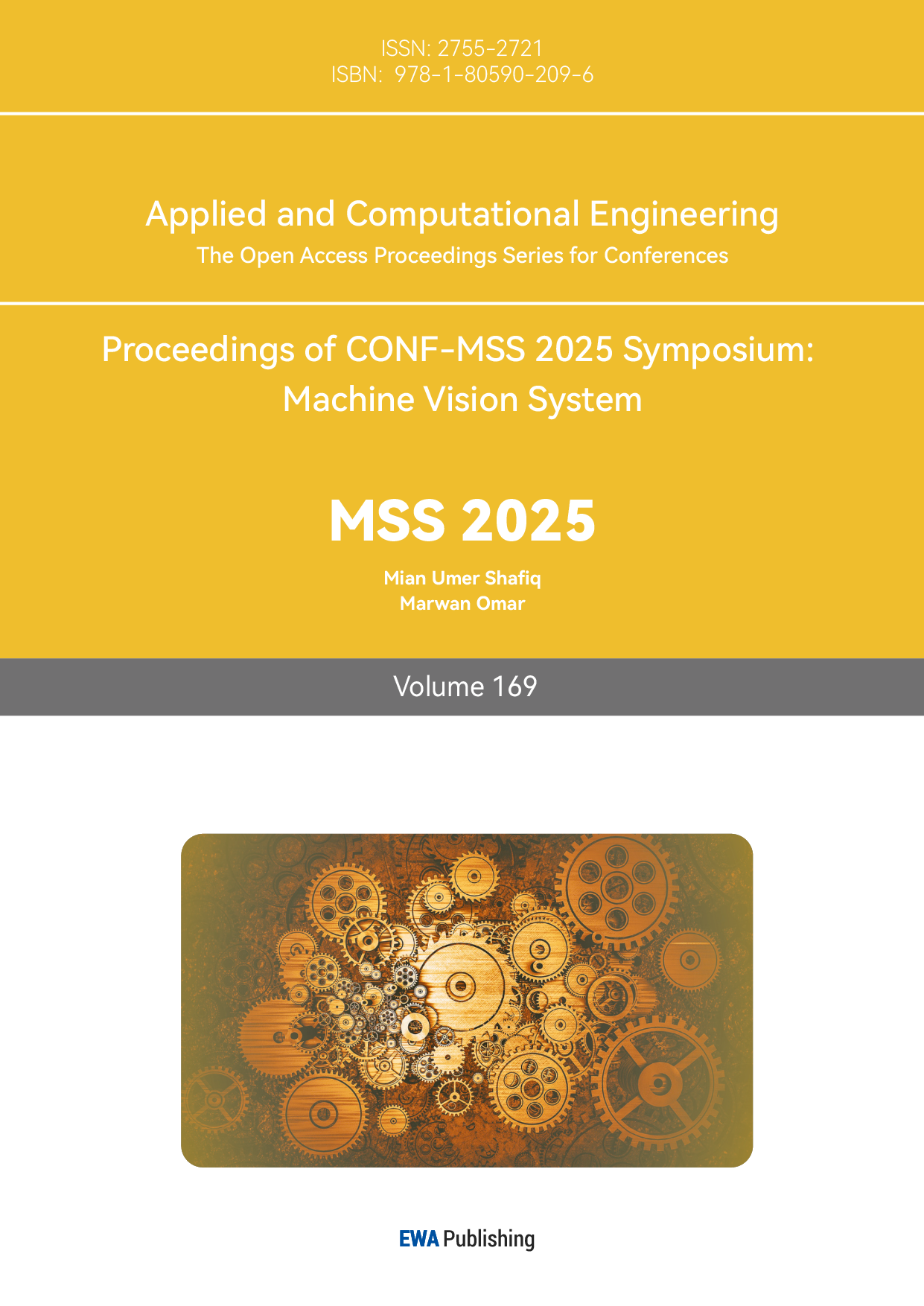References
[1]. Shaalan, A., Assanis, D., Raman, A., Wijeyakulasuriya, S., & Senecal, K. (2024). Formula 1 Race Car Aerodynamics: Understanding Floor Flow Structures and Why It Is a Key Component in Modern Racing (No. 2024-01-2078). SAE Technical Paper.
[2]. Inani, H., Prajapati, Y., Mehta, V., Bhavsar, D., Bhagat, D., & Kiran, M. B. (2023). The Intersection of Industry 4.0 with Formula 1 and Other Motorsports: Future of Racing. In International Conference on Scientific and Technological Advances in Materials for Energy Storage and Conversions (pp. 171-192). Singapore: Springer Nature Singapore.
[3]. Piechna, J. (2021). A review of active aerodynamic systems for road vehicles. Energies, 14(23), 7887.
[4]. Frömmig, L. (2023). Basic Course in Race Car Technology: Introduction to the Interaction of Tires, Chassis, Aerodynamics, Differential Locks and Frame. Springer Nature.
[5]. Zhang, X., Toet, W., & Zerihan, J. (2006). Ground effect aerodynamics of race cars. Applied Mechanics Reviews, 59(1), 33–49.
[6]. Mani, M., & Dorgan, A. J. (2023). A perspective on the state of aerospace computational fluid dynamics technology. Annual Review of Fluid Mechanics, 55(1), 431-457.
[7]. Bhatnagar, U. R. (2015). Formula 1 race car performance improvement by optimization of the aerodynamic relationship between the front and rear wings.
[8]. Calautit, J. K., & Hughes, B. R. (2014). Wind tunnel and CFD study of the natural ventilation performance of a commercial multi-directional wind tower. Building and environment, 80, 71-83.
[9]. Dimastrogiovanni, M., Reina, G., & Burzoni, A. (2020). An improved active drag reduction system for formula race cars. Proceedings of the Institution of Mechanical Engineers, Part D: Journal of Automobile Engineering, 234(5), 1460-1471.



